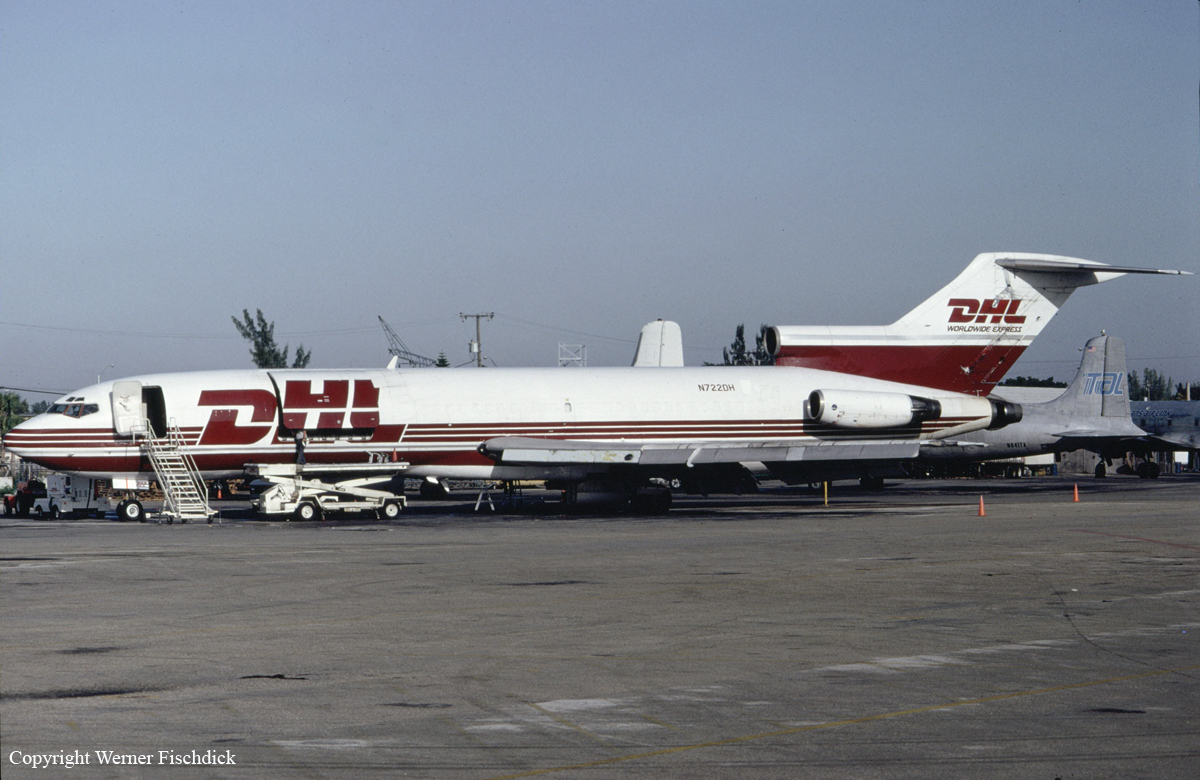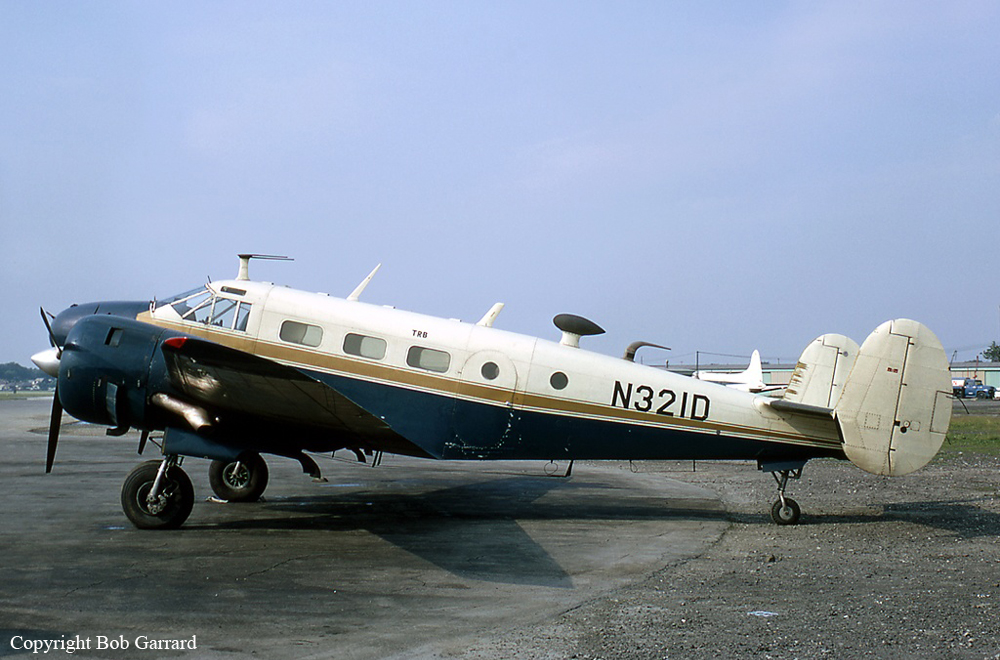Crash of a Cessna 340 in Covington: 2 killed
Date & Time:
Apr 21, 2022 at 1844 LT
Registration:
N84GR
Survivors:
No
Schedule:
Covington - Covington
MSN:
340-0178
YOM:
1973
Crew on board:
2
Crew fatalities:
Pax on board:
0
Pax fatalities:
Other fatalities:
Total fatalities:
2
Captain / Total hours on type:
0.00
Copilot / Total hours on type:
0
Aircraft flight hours:
7581
Circumstances:
The student pilot, who was the new owner of the multi-engine airplane, and a private pilot flew commercially to Lubbock, Texas, utilized a ride-hailing service to drive to Portales, New Mexico; they met with the former owner of the airplane to finalize the purchase of the airplane and flew it back to Georgia the same day. The next day, the student pilot commenced flight training with the private pilot who offered to provide flight instruction to the student pilot in the student pilot’s newly acquired multi-engine airplane, even though he did not possess a flight instructor’s rating or a multi-engine airplane rating. Radar data showed that the track of the accident airplane's route consisted of their departure airport, a midway stop, and the third leg of the flight, where it crashed during the approach to their destination airport. Witnesses observed a sharp right turn before the airplane’s spiraling descent and impact with terrain and unoccupied semi-trailers. Surveillance footage from a parking lot security camera captured the airplane in a right spiral turn just before the accident. The airplane was destroyed by impact forces and the postimpact fire. The postaccident examination of the airframe, engines, and propellers revealed no anomalies that would preclude normal engine and airplane performance. Additionally, a review of the maintenance logbook revealed that the airplane was overdue for its annual maintenance inspection; no special flight permit (ferry permit) was obtained from the Federal Aviation Administration (FAA) for its return flight to Georgia. Toxicological testing of the student pilot revealed the presence amphetamine, a prescription Schedule II controlled substance that may result in cognitive deficits that pose a risk to aviation safety; however, its effect, if any on the accident flight could not be determined. It is likely that the private pilot’s failure to maintain aircraft control was exacerbated by his lack of a multi-engine airplane rating, his lack of a flight instructor rating, and his poor decision making.
Probable cause:
The private pilot’s loss of control in flight, which resulted in a collision with terrain. Contributing to the accident was the student pilot’s decision to obtain flight instruction from the private pilot and the private pilot's insufficient qualifications to fly or to provide flight instruction in a multi-engine airplane.
Final Report:






